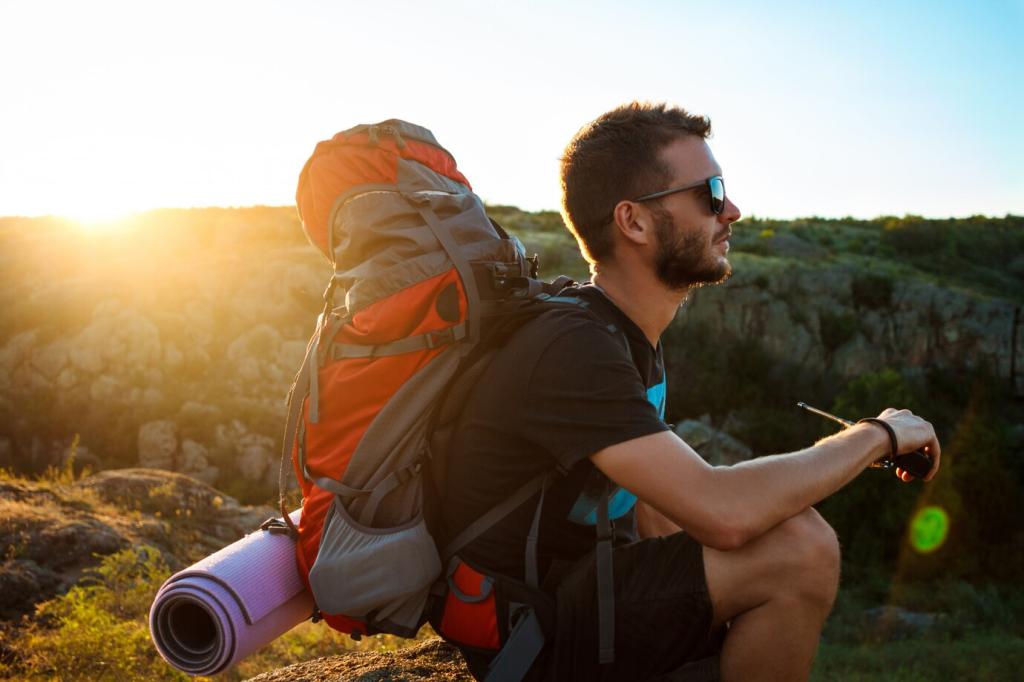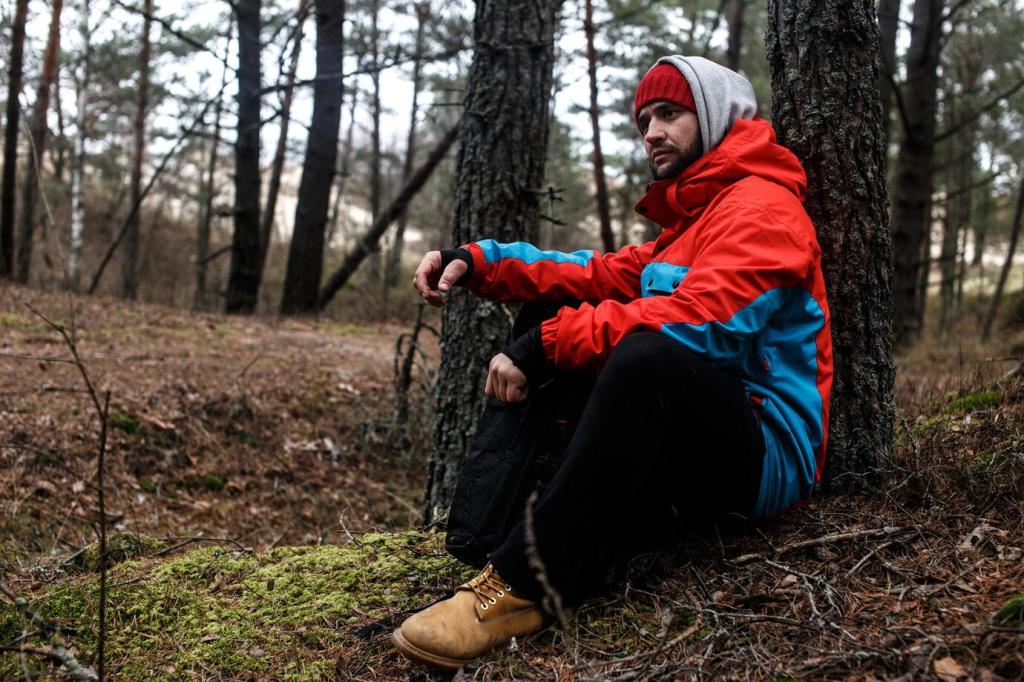Exploring the Environmental Impact of Long-Haul Hiking
Selected theme: Environmental Impact of Long-Haul Hiking. Step into a mindful journey where miles meet stewardship. Together, we’ll uncover how thru-hikes shape trails, waters, wildlife, and communities—and how your choices can protect the places you love. Subscribe and share your experience to keep this conversation moving.

Every Footstep Counts: Erosion, Trails, and Tread
Erosion isn’t just an eyesore; it widens trails, sends sediment into streams, and starves plants of stable ground. Heavy rain plus boot traffic creates gullies that accelerate with each storm. Stay centered, respect switchbacks, and report damaged sections.


Every Footstep Counts: Erosion, Trails, and Tread
After spring storms on a granite ridge, I watched a narrow singletrack split into three muddy braids. Volunteers later added stone steps and water bars. The difference was dramatic—and hikers helped keep boots on the hardest, central line.

Wildlife and Habitat: Sharing the Backcountry Respectfully
A bear that learns to raid campsites rarely forgets. Bear canisters, proper hangs, and scent discipline prevent conflict. In the Sierra, a single careless camp caused weeks of nocturnal raids. What’s your best bear-proofing tip? Share it for future hikers.
Wildlife and Habitat: Sharing the Backcountry Respectfully
Ground-nesting birds and raptors rely on quiet seasons to raise young. Respect closures and detours, even when miles matter. Following local advisories protects fragile lifecycles. Subscribe for alerts and add your favorite resources for area-specific wildlife updates.
Water, Hygiene, and Hidden Impacts on Streams
Soaps, Sunscreens, and Micro-Impacts
Even biodegradable soap needs soil to break down properly. Wash 200 feet from water sources and pack out used wipes to reduce microplastics. Choose mineral sunscreens and reapply away from fragile seeps. Share favorite low-impact hygiene systems that truly work.
Human Waste, Done Responsibly
Catholes should be 6–8 inches deep and 200 feet from water, trail, and camp. In deserts and high-use areas, wag bags protect scarce soils. Pack out toilet paper everywhere. What techniques keep your routine efficient and sustainable on big-mile days?
Filtering with Care
Avoid trampling fragile banks and seeps while collecting water. Step on rocks, not sedges, and let sediment settle before filtering to extend gear life. Share your filtration setup, and tell us how you prevent silt-clogged filters on silty spring flows.
Carbon and Waste: The Footprint Beyond the Trail
Getting There, Cleaner
Carpooling, buses, and trains reduce per-hiker emissions dramatically. Cluster errands, choose closer trailheads when possible, and pair trips to avoid extra driving. Offsets help but don’t replace reduction. Share your best low-carbon logistics for remote starts and finishes.
Durability Versus Ultralight
A featherweight kit is efficient, but premature failures create waste. Repair tears, rotate socks, and maintain zippers. Buy used, borrow test gear, and choose items with serviceable components. Which durable, repairable pieces have earned permanent spots in your pack?
Resupply Without the Trash Mountain
Pre-portion bulk foods in reusable bags, skip single-use utensils, and consolidate mailers. In towns, recycle conscientiously and compost when offered. Post ideas for low-waste snacks and creative packaging swaps that survived rain, rodents, and back-to-back thirty-mile days.
Campsites, Fires, and Fragile Soils
Choosing a Durable Home for the Night
Use established sites on durable ground, 200 feet from water. Avoid meadow edges and alpine tundra, which crush under light pressure. Spread tents only if necessary. Share how you spot resilient sites that balance comfort, safety, and minimal impact.
Fire Practices in a Warmer World
Check bans, prefer stoves, and consider no-fire evenings when conditions are dry. If fires are allowed, use existing rings and burn only small, dead, downed wood. Tell us how your relationship with campfires has evolved on lengthy routes.
Respecting Biological Soil Crusts
Cryptobiotic crusts bind desert soils, preventing erosion. A single bootprint can take years to heal. Walk on rock or in washes when appropriate. Have you hiked among these living crusts? Share what helped you stay mindful mile after mile.

Giving Back: Stewardship, Community, and Citizen Science
Join local crews to clean drains, reset tread, and install water bars. Learning proper tool use changes how you see every slope and switchback. Drop names of trail groups you love so others can volunteer or donate as well.
